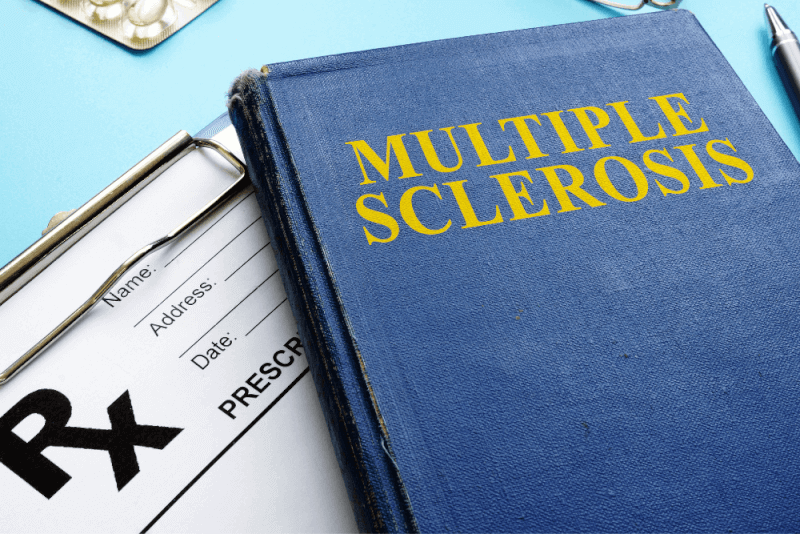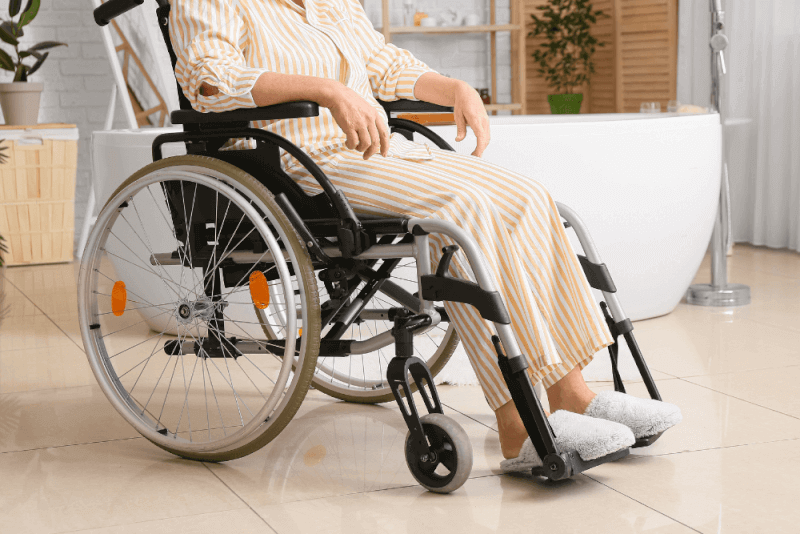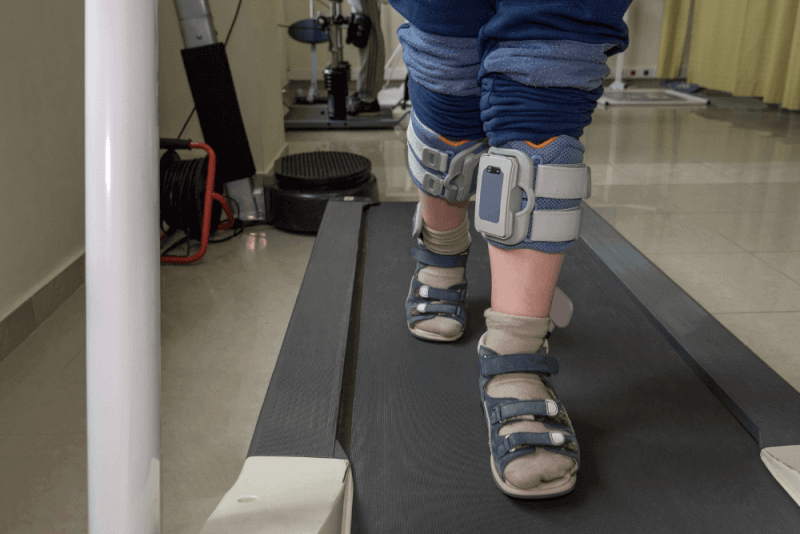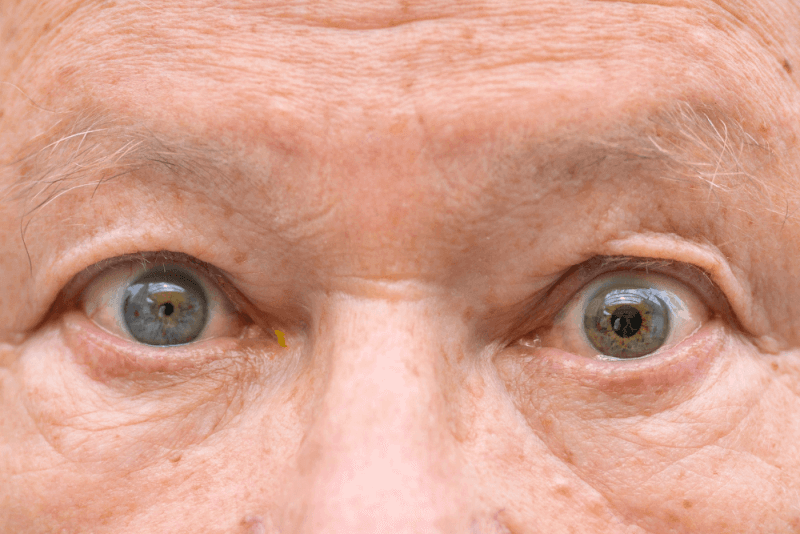30 Second Summary
- Parkinson's disease is a neurological disorder caused by the loss of dopamine-producing cells in the brain.
- The most common symptoms of Parkinson's include tremors, slow movement, stiffness and problems with balance.
- There is no definitive cure for Parkinson's, but it is possible to control the symptoms with medication and surgical treatment.
- Parkinson's is a disease that can significantly affect quality of life, but with early diagnosis and treatment, patients can live a long and productive life.
What is Parkinson's?
People with Parkinson's disease, a neurological (neural) disorder, have a deterioration of the cells that produce the substance dopamine. Dopamine is a neuromodulator molecule that plays an important role in the cells of living organisms. These molecules are responsible for human movements and their harmonious realization. For this reason, individuals with Parkinson's disease have slow movement, tremors in different parts of the body while resting and some psychiatric findings. The disease usually starts to appear in the age group of 40 and above. Various medications can be used for treatment and a brain pacemaker may be preferred for individuals with advanced symptoms.
Parkinson's Diagnostic Criteria
Parkinson's disease is monitored and treated by neurologists. The disease can be diagnosed by neurological physical examination. Apart from this, there is no radiological imaging or blood test that can be considered as a definitive finding.
The physician may opt for detailed radiologic imaging techniques to evaluate all symptoms caused by the disease or seen in the individual. This is also important for identifying and treating the underlying cause of the disease.
Parkinson's Symptoms
In Parkinson's disease, there is a decrease in the dopamine level of the individual. Due to this situation, symptoms appear in different ways in individuals. These symptoms do not occur in every person diagnosed with Parkinson's disease, and the presence of many of them does not necessarily prove that the individual has Parkinson's disease. Therefore, individuals who suspect this disease should be examined by a neurologist.
Some of the symptoms that can occur in individuals;
- Behavioral disorders
- Decreased cognitive functions
- Fatigue
- Depression
- Anxiety disorders
- Agri
- Sleep problems
- Weight loss
- Slowness of movements (bradykinesia)
- Body tremor (Tremor)
- Stiffness (Rigidity)
- Posture disorders seen while standing (Postural Instability)
- Vision problems
- Feeling sleepy during the day
- Hallucinations
- Mind fog
- Decreased sense of smell or loss of smell
Symptoms may appear gradually increasing. Some of the body symptoms may be severe, while others may be less noticeable. Symptoms may vary from individual to individual.
Causes of Parkinson's
The exact cause of Parkinson's disease is not fully understood. Due to an unknown cause, it is known that the cells involved in the production of Dopamine in the body develop a disorder and the symptoms appear accordingly.
The deterioration of cells cannot be permanently corrected at the current state of medicine. However, the symptoms can be alleviated with various medications and the quality of life of the individual can be improved.
Who gets Parkinson's?
As is popularly known, Parkinson's disease usually occurs in individuals in the older age group.
Symptoms can first appear at the age of 40 and individuals can develop the disease well into their 75s. Every person over 65 has an increased risk of developing the disease as they get older.
However, contrary to popular belief, Parkinson's disease can also occur at a younger age, albeit rarely. It is a more common problem in men than in women. When the disease data were analyzed, it was found that this rate was 2 times higher in men than in women.
Parkinson's Stages
Although the symptoms of Parkinson's disease vary from person to person, not all symptoms appear suddenly. However, there are typical patterns in which the disease progresses in stages.
Phase 1
Symptoms in the first stage of the disease are usually sufficient to make a diagnosis. The individual experiences slowness of movement and tremors in some part or parts of the body when at rest.
During this period, the individual's life may not yet be completely unaffected and medication may not be needed. If the physician deems it appropriate, a low dose of medication may be started depending on the frequency of symptoms.
Stage 1 symptoms
Symptoms at this stage;
- Resting tremor in a specific part of the body
- There is a slowing down of some of the movements.
Phase 2
This is the stage when symptoms are slightly more pronounced. The tremor problem experienced by the individual becomes noticeable to other people. At times, the individual may feel that walking is difficult. Conditions such as posture difference, body stiffness can be seen in the body. Symptoms seen in the first stage may have spread to other parts of the body. A person can still live his or her life without needing anyone else.
Stage 2 symptoms
Symptoms at this stage;
- Tremors noticeable to other people
- Tremor starts to appear in different parts of the body
- Occasional difficulty walking
- Posture disorder
- It is in the form of body stiffness.
Phase 3
Intermediate stage 3 seen in Parkinson's disease. is called a phase. The individual has difficulties during the procedures they need to perform in daily life. Even eating and dressing is difficult. There is an increase in mobility difficulties and posture problems. Reflexes are slowed down. He/she may prefer to drag his/her feet when walking and may occasionally fall.
Stage 3 symptoms
Symptoms at this stage;
- Foot dragging while walking
- Falling
- Significant difficulty in performing routine tasks
- Posture disorder
- Difficulty moving
- It takes the form of slowed reflexes.
Phase 4
Parkinson's disease 4. individuals are no longer able to live on their own. Their steps have become very small and they have considerable difficulty in moving. Tremors are seen throughout the body. There may be confusion and difficulty in speaking. As the dosage of the drugs used in treatment is increased, problems with side effects can be added to the symptoms of the disease.
Stage 4 symptoms
Symptoms at this stage;
- Chills spread throughout the body
- Speech difficulty
- Small steps up to 1-2 cm
- Severe difficulty in moving.
Phase 5
It is the most severe stage of the disease. The individual cannot stand and walk on their own without assistance. It is not possible for her to see to her needs on her own. Severe body stiffness is observed. Because the individual is given very high doses of Dopamine drugs, side effects can include sleep problems, psychiatric problems and hallucinations.
Stage 5 symptoms
Symptoms at this stage;
- The individual is unable to move and stand without assistance
- It is characterized by a high level of body rigidity.
Caused by medicines;
- Sleep problems
- Depression
- Anxiety disorder
- Hallucinations can also develop.
How to Prevent Parkinson's Disease?
What to do to prevent Parkinson's disease has not yet been determined. This is because the cause of the cell loss that leads to the disease has not been identified. However, some studies have linked pesticides to disease. It is recommended to eat natural agricultural sources, exercise regularly and eat a healthy diet.
Parkinson's Treatment
There are a number of medicines that can reduce or improve the symptoms of Parkinson's disease. However, no treatment has been found to completely eradicate the disease.
Medication Therapy
The drugs used in treatment can have serious side effects. Therefore, the individual's physician first determines the medication that best relieves the symptoms and causes the least harm, starting with the lowest dose.
Parkinson's Treatment with Brain Pacemaker
Another treatment is called Deep Brain Stimulation (DBS), also called brain pacing. The individual's brain is surgically intervened in and a battery is implanted to help them better control their movements.
This treatment is usually the 3rd stage of the disease. from the beginning. After this stage, the amount of reduction in the individual's movements gradually increases and progresses towards the inability to move without assistance. The side effects of medication are just as challenging as the disease itself. Brain pacemaker surgery can reduce the symptoms of the disease by up to 90%. This is a result that can significantly improve the quality of life of the individual.
How is Brain Pacemaker Parkinson's Treatment Applied?
Brain MRI and Brain Tomography are first performed and the Neurosurgeon determines the best place to place the brain pacemaker according to the symptoms experienced by the individual.
Local anesthesia technique is used during the application. A brain pacemaker is implanted in the target area under operating room conditions using long rod electrodes.
During the procedure, the patient is asked to talk and the doctor communicates with the patient at all times. The sounds of the cells in the brain are monitored with a device called Microelectrode recording. This allows the surgeon to check whether the brain pacemaker is positioned correctly. Two electrodes are implanted into the brain when the symptoms improve. The individual is then completely asleep under general anesthesia and the electronic wands in the brain are fixed to the lower part of the collarbone with an extension cable.
Risks of Brain Pacemaker Parkinson's Surgery
A brain pacemaker carries fewer risks than many other surgical operations. The rate of complications that can be seen in the individual is 1 - 2%. Complications that may rarely develop;
- Weakness in the legs and arms
- Brain hemorrhage
- Infection
- Vision problems
- Depression
- It is in the form of vascular occlusion.
Exercise
If the disease is mild or moderate and the individual is able to exercise, movement is known to improve Parkinson's symptoms and protect the nerves. In addition to the exercise regimen, Physical Therapy and Rehabilitation support can reduce tremors, muscle grip strength, flexibility and balance problems.







